Video Menu
My Favorite Videos
My Favorite Videos
Adam Scott vs. Rory McIlroy Analysis
Sorry, you need to be a member to access this video.
You Are Just Seconds Away - Become a member here!
Already a member? Log in now

In this video, I’ll show you how to generate more club head speed like Adam Scott and Rory McIlroy. You’ll find out why balancing leverage, width, and rotation are crucial for consistent distance. Also, I’ll show you a compensation that McIlroy makes that Scott doesn’t need. Check out this video now to generate more club head speed and blast your drives!
- Get the hands and arms more vertical in the air for leverage in club head speed
- Deeper arms at the top of the swing will force you to have to rotate the body harder to get the hands and arms back out in front.
- Avoid from making any sort of drastic squat move to reduce timing in the golf swing.
Hey everyone, I'm Rotary Swing Instructors Release Specialist Chris Tyler, and this week Adam Scott, the new number one player in the world, gets a big victory on the PGA Tour, and also the number six player in the world, Rory McRae, gets a win on the European Tour.
And I'm going to show you exactly how leverage, width, and rotation build maximum club head speed and maximum efficiency in the hitting area.
Let's go ahead and get started.
All right, so the new number one player in the world, Adam Scott, gets a win on the PGA Tour, and Rory McRae gets a win on the European Tour, so congratulations to both of these guys.
They both have fantastic golf swings, and they both are known for making a lot of club head speed.
And this week, I'm going to show you a couple of distinct differences that they have in three or two of the three areas that are attributes to club head speed.
And before we get started, I want you guys to understand that club head speed is attributed to width, rotation, and leverage.
And we want to really try to find a really true balance between those three items in order to maximize efficiency through the hitting area.
So let's go ahead and get started.
I'm going to show you the two areas, and that way you guys can understand when you're evaluating your golf swing, where you need to add and subtract from.
I'm going to draw what we call the right knee line, and I'm also going to draw what we call the tush line on both players.
And if you haven't seen the tush line video or losing the tush line, it's going to be in the advanced downswing section.
That's a good video, guys, For you to check out to learn how to keep the hips back and be able to self-diagnose with yourself if you're having any posture problems in the hitting area.
And I'm going to go ahead and work Rory up to the top part of his golf swing, so you can see the differences between the two golf swings.
Now Rory averages 124 miles an hour with his driver, where Adam is averaging right around 121 miles an hour.
So you can see that there's only three miles an hour speed difference, which is not a drastic amount.
Both are known, like I said, as longer players out there on tour.
But I want you to notice here with the relationship of the hands to the right shoulder.
So you can see that Rory's hands are quite a bit behind his right shoulder, Where you can actually see the right shoulder popping through between the window of the forearms here on Adam.
So with Rory having his hands and arms a little bit deeper, a little bit behind his right shoulder here, or a little bit further behind his chest, there are two sorts of recovery moves here, where 90% of the players or 90% of amateurs, they'll try to reroute the club or push the club back out in front of them.
But golfers that play at a higher level are going to try to really work hard with the lower body.
And this is one of those moves as a recovery move that's really overdone on the website.
And you can see here, as I start to work Rory down into the hitting area, you can see that his knees have really pushed through this original knee line, though.
This is what we would call a squat move.
And it's one of those things, like I said, is really overdone.
He's using the ground for leverage, yes, which is great, but he's having to do that because his hands and arms are a little bit deep.
Now with Adam's hands and arms, because he's able to leverage a little bit more of a vertical arc to his golf swing, He's going to be able to build a little bit more speed in the downward move without having to leverage the ground as much.
So you can see, as I start to work him down here in the hitting area, he's not having to make any sort of drastic move.
And he's still able to leverage the ground.
That's one of the big misconceptions here, is that he's still got knee flex in the left leg, And he's going to be able to drive that left heel into the ground and then also use those left obliques to pull the left hip away from the target.
Which, in turn, is going to straighten the left leg and pull himself out of the ground.
There's a good video in the advanced downswing section called the Straight Left Legged Impact.
That'll help give you some kinesthetic awareness about what muscle groups you need to use in order to pull that left leg to a straight position.
But you can see here that Rory is really busted through that line.
He's really having to leverage the ground because his hands and arms weren't as vertical.
But as I get him into the hitting area, he's really pulled those legs or pulled that left leg to a straight position.
His right knee is not through that line.
You can see Adam into the hitting area.
Same thing.
He's never busted through that line.
One of the things I want you guys to know, as far as a comparison here, is that you can look at their right foot.
They've rolled to the right, inside part of that right foot and never allowed that heel to come up off the ground.
Which would, in turn, make the hips go forward.
You can see here that the hips have come very little forward, I guess is the best way for me to put it here.
If you've noticed that your tush has come off this line quite a bit, you're really going to be running into some early extension.
You'll run into a lot of consistency issues.
You need to use that right foot as kind of a braking mechanism to the hips and also be able to keep the hips back.
What I want you guys to do is make sure that you understand that the three ingredients, leverage, rotation, and width, you want to make sure that you have a really good balance between those three things.
You don't want to necessarily have a ton of one or the other.
You don't need to have a ton of lag.
You don't need to have a ton of squat.
You want to have a good balance.
That way you can extract the timing out of your golf swings and build a lot of consistency.
I want you to check out the straight left legged impact video.
That's in the advanced downswing section.
Check out the losing the tush line video.
That's also in that same section.
Then also check out the roll of the right foot.
That's going to teach you guys how to use the lower body properly.
Make sure that your weight shifts, loading to the right and then shifting to the left or down before you try to add any sort of magnitudes of squat.
Because if you're trying to add squat before you have a lot of the other fundamentals, now you're just trying to build a lot of timing into the move.
Alright, so let's get out there and be powerful, but be smart about being powerful and let's be consistent.
I look forward to working with you guys more in the future.
I hope you guys have a great day.
Let's get out there and play some great golf.























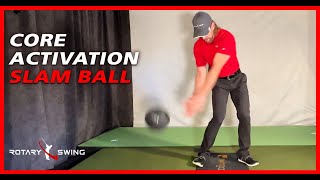





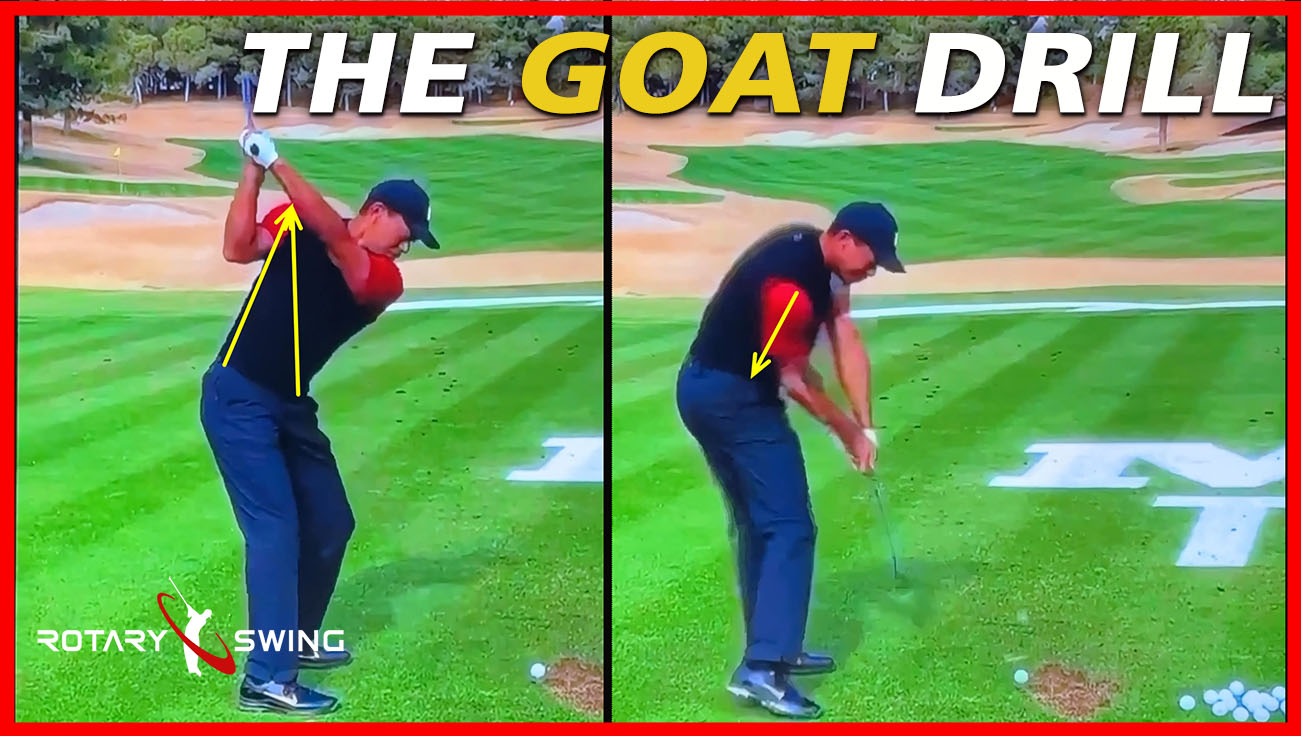


















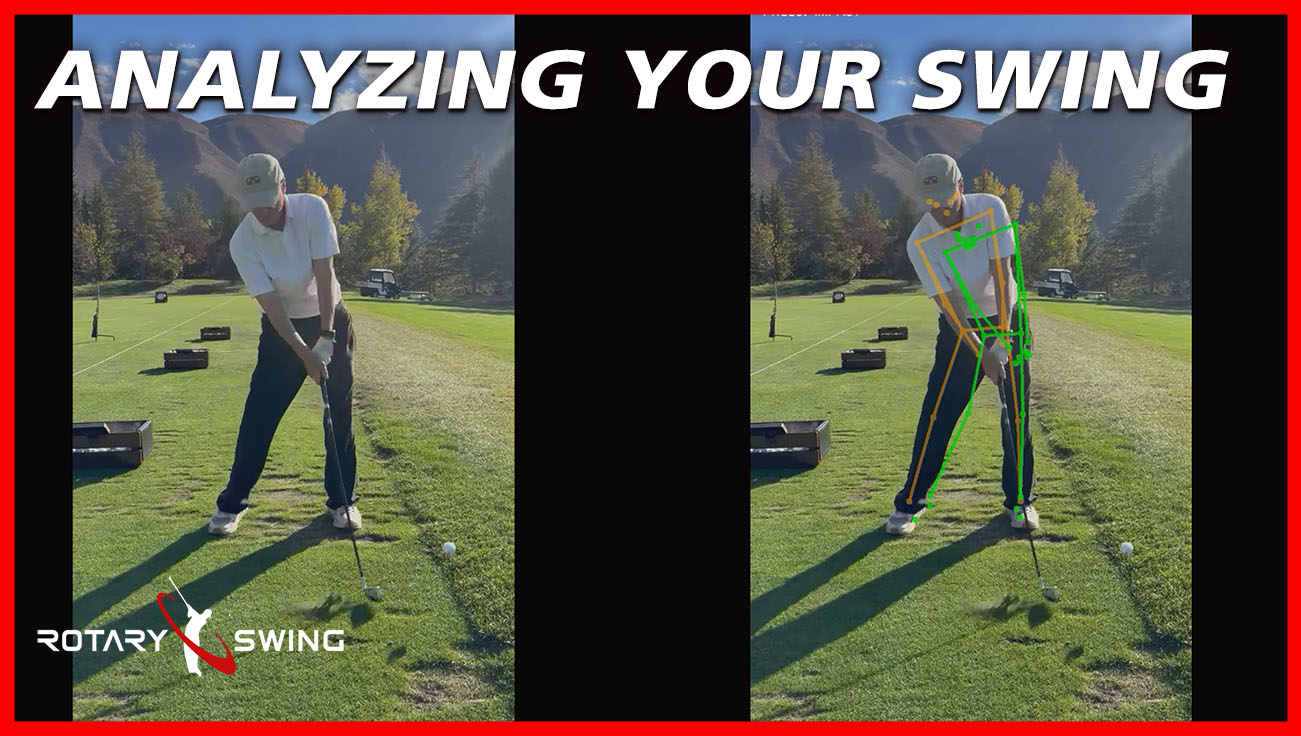








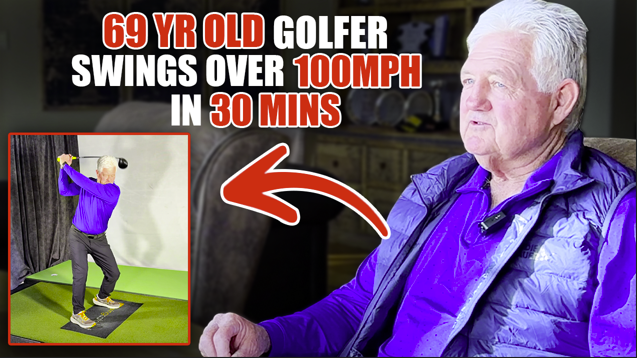
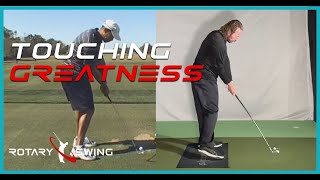













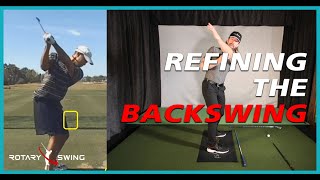







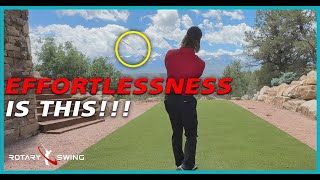
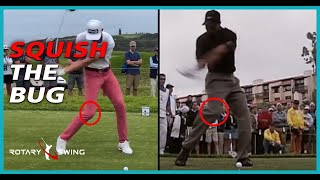
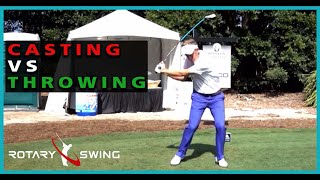



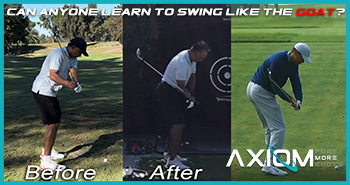






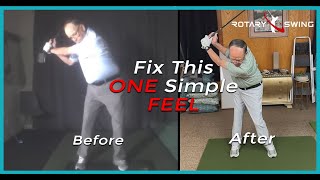











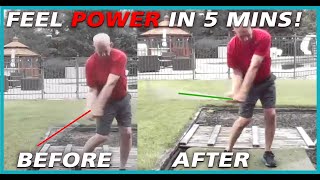


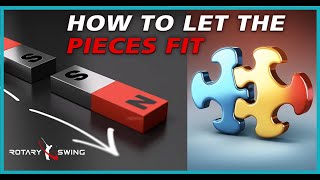




















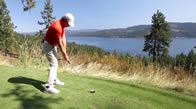



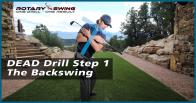

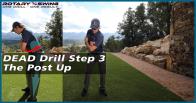










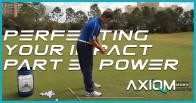











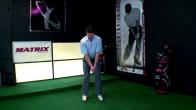



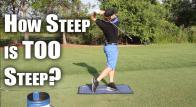


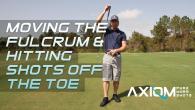



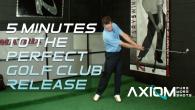

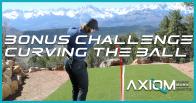
















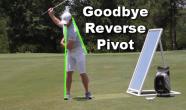





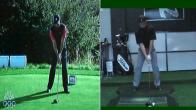



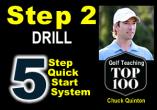





























































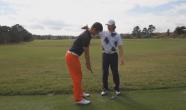















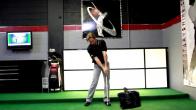



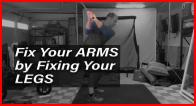


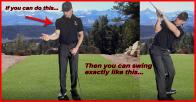




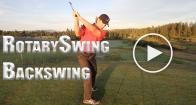

















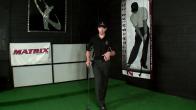







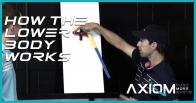












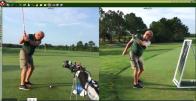























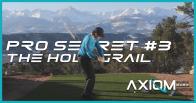

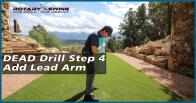


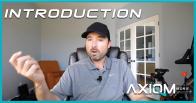

















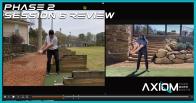



















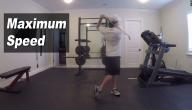

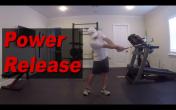
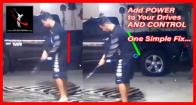


















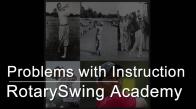







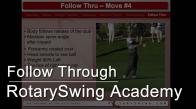




























































Justin
Chris (Certified RST Instructor)
frank
Chris (Certified RST Instructor)